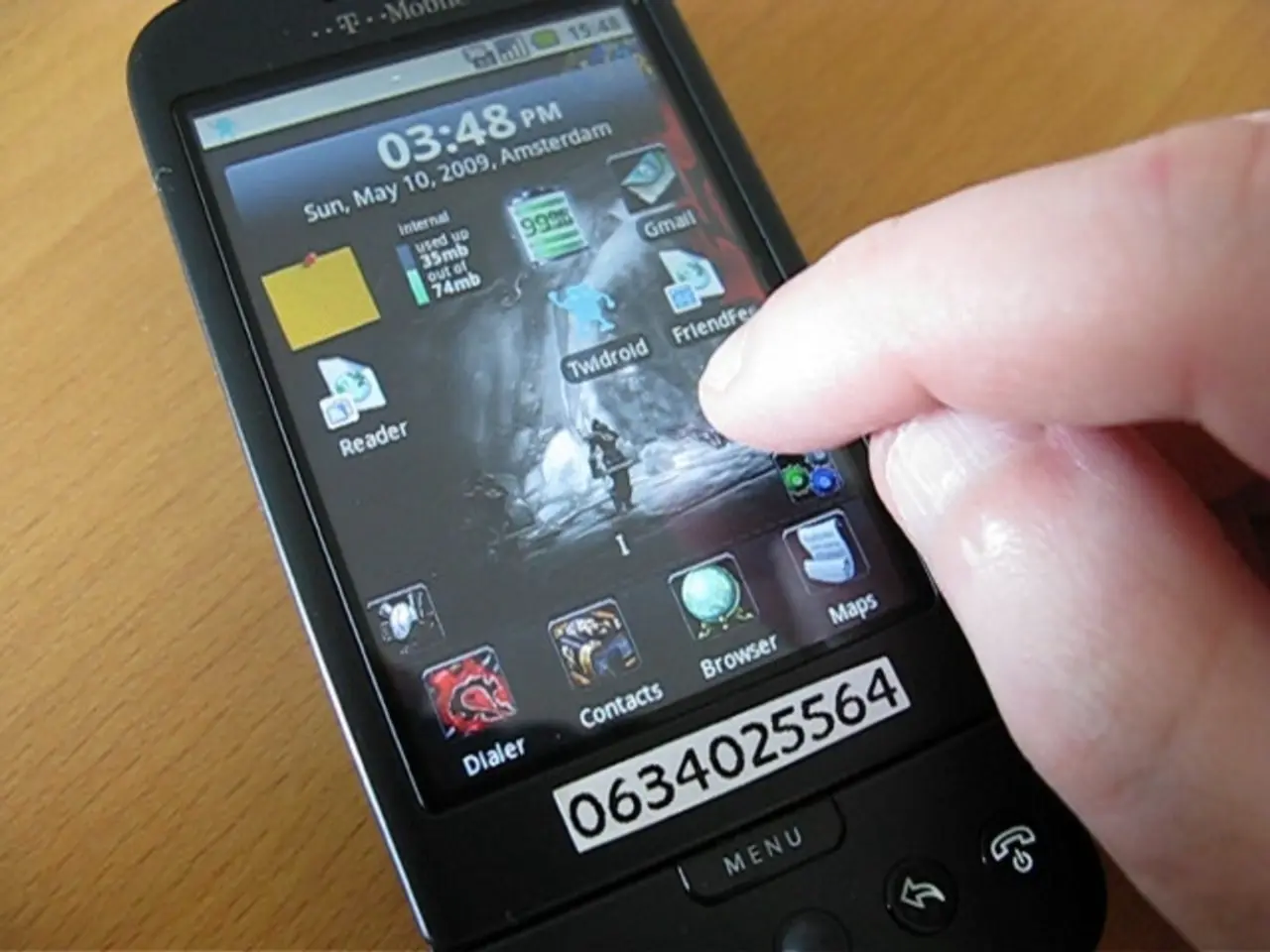Identifythe geographical position of a phone given its number
In the digital age, the use of commercial phone tracking services has become a topic of increasing debate. The legal framework surrounding these services operates in a gray area between federal and state jurisdictions, creating a complex landscape that many find difficult to navigate.
These services, which claim global reach across every phone network, from the latest iPhones to decade-old flip phones, operate on technology that combines GPS technology, cellular tower data, and Wi-Fi positioning. The process involves entering a phone number, sending a pre-written message with a tracking link, and receiving location data once clicked. The technology adapts to different phone types automatically, ensuring compatibility with every phone and network.
However, the consent process is questionable. Clicking a link might not equate to informed consent to location sharing. Unauthorized tracking of individuals by private parties is illegal under the ECPA, but the definition of "consent" in the context of clicking a disguised tracking link remains legally murky.
Research has shown that location data is extremely difficult to truly anonymize, making it possible to re-identify individuals even in supposedly anonymous datasets. This raises concerns about the potential for misuse, such as for harassment, stalking, and domestic abuse, despite the industry's focus on convenience and legitimate uses.
At the federal level, law enforcement must obtain a warrant based on probable cause before using tracking devices, but this requirement does not apply to commercial tracking services used by private individuals. This lack of oversight adds another layer of complexity to the legal landscape.
The first step in protecting oneself against unwanted tracking is recognizing how tracking works. Be suspicious of unexpected text messages that ask for location data. Modern smartphones offer features such as disabling location services entirely or configuring them to only work with specific apps that users explicitly trust.
The issue of phone tracking services retaining and analyzing location data for business intelligence purposes also raises concerns about creating a permanent record of users' surveillance activities. This data can be a goldmine for advertisers, but it also poses risks for individuals' privacy and security.
The global nature of phone tracking services adds another layer of legal complexity, with questions about which jurisdiction's laws apply when tracking activities cross international boundaries. European privacy regulations like GDPR impose strict requirements on location data processing, but these rules may not apply to services operating from other jurisdictions.
Countries with weak privacy protections might host tracking services that can monitor phones anywhere in the world without meaningful oversight. This raises concerns about the potential for abuse and the need for international cooperation to establish clear rules and regulations.
The future of location privacy will likely involve emerging technologies like 5G networks, indoor positioning systems, and AI integration, which promise even more precise surveillance capabilities. As these technologies evolve, it will be crucial to ensure that privacy and security are prioritized alongside convenience and innovation.
In conclusion, the legal landscape regarding phone tracking is murky, with federal and state regulations offering varying levels of protection. It is essential for individuals to be aware of the risks and take steps to protect their privacy, while policymakers work to establish clear and consistent regulations to safeguard privacy rights in the digital age.
Read also:
- JPMorgan Chase Announces Plans for a Digital Bank Launch in Germany's Retail Sector
- Urgent Action: Users of Smartphones Advised to Instantly Erase Specific Messages, as per FBI Admonition
- Latest Update in Autonomous Vehicle Sector featuring Applied Intuition, Hesai, Plus, Tesla, Pony.ai, and Wayve
- Challenges impeding the implementation of AI, as cited by Chief Information Security Officers, along with potential solutions








